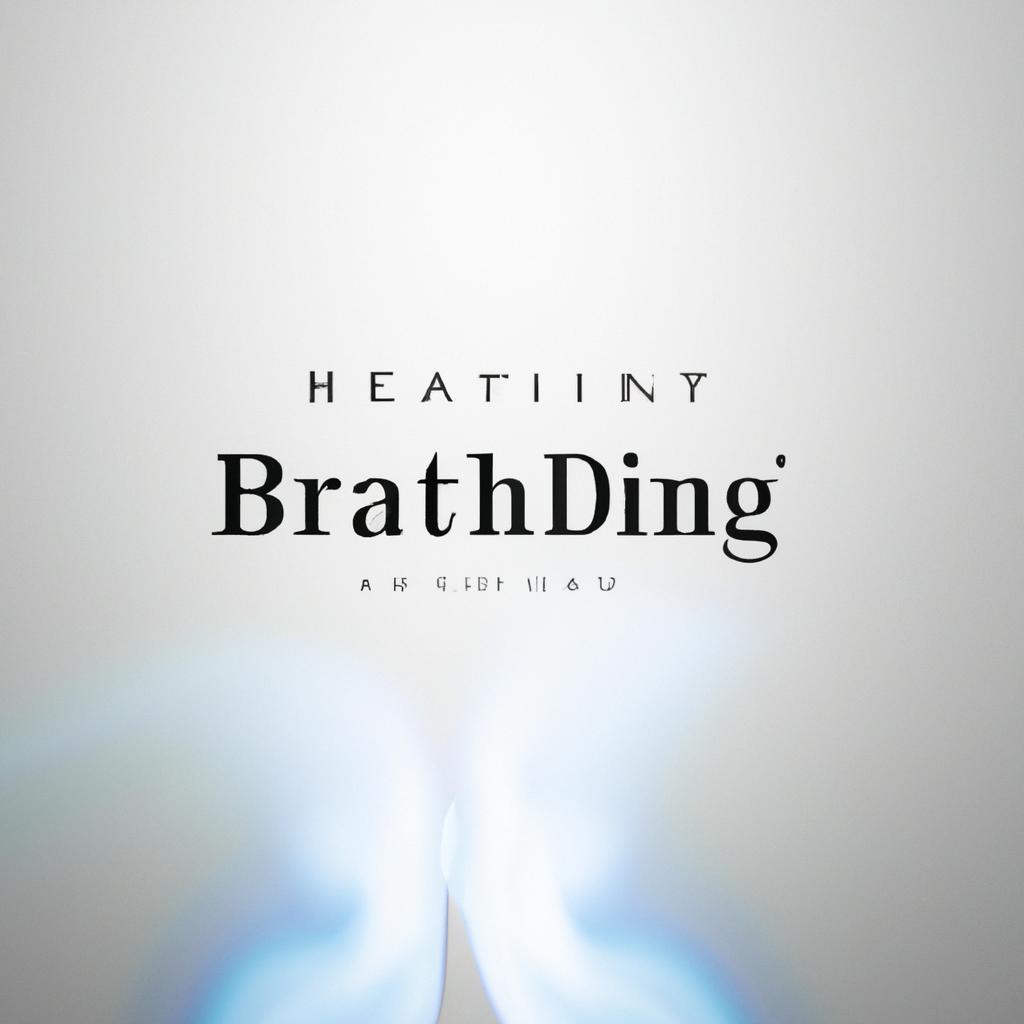Unlock Calm: Breathwork’s Surprising Nervous System Connection
The Science Behind Breathwork: How Breathing Techniques Impact the Nervous System
Breathwork has gained popularity recently. Many people still do not understand its science. Breathing techniques significantly affect the nervous system. Learning proper breathing enhances overall well-being. This blog post explores breathwork’s science and its effects on the nervous system.
Understanding the Nervous System
The nervous system controls bodily functions. It consists of two main components: the central and peripheral nervous systems. The central nervous system includes the brain and spinal cord. It processes information and sends signals throughout the body. The peripheral nervous system connects the central system to limbs and organs.
Two branches play crucial roles within the nervous system: the sympathetic and parasympathetic systems. The sympathetic system prepares the body for action, triggering the “fight or flight” response. The parasympathetic system promotes relaxation and recovery, often called “rest and digest.” Breathwork powerfully influences these systems.
How Breathwork Affects the Nervous System
Breathing techniques can activate or calm the nervous system. Shallow, rapid breathing often leads to anxiety. It signals the sympathetic system to increase heart rate and blood pressure. Deep, slow breathing activates the parasympathetic system.
The Role of Diaphragmatic Breathing
Diaphragmatic breathing involves using the diaphragm for deep breaths. This technique encourages full oxygen exchange. It promotes relaxation and reduces stress. Studies show that diaphragmatic breathing lowers cortisol levels, the stress hormone. Consequently, it helps manage anxiety and improves emotional well-being.
The Benefits of Controlled Breathing Techniques
Controlled breathing techniques improve mental clarity and focus. Techniques like box breathing involve inhaling, holding, exhaling, and pausing for equal counts. This method calms the mind and enhances concentration. Additionally, it helps balance the nervous system.
Mindfulness and Breath Awareness
Mindfulness practices often include breath awareness. Focusing on your breath helps you become more present. This practice encourages relaxation and reduces stress. Moreover, it enhances emotional regulation. Mindful breathing invites calmness into your life.
Tips for Practicing Breathwork
Breathwork can be simple and accessible. Here are tips to help you get started:
1. **Find a Comfortable Position**: Sit or lie down in a quiet space. Ensure relaxation and minimize distractions.
2. **Start with Diaphragmatic Breathing**: Place one hand on your chest and the other on your abdomen. Inhale deeply through your nose, allowing your abdomen to rise. Exhale slowly through your mouth, feeling your abdomen fall.
3. **Incorporate Counting**: Count to four for both inhalation and exhalation. This technique regulates your breath and calms your mind.
4. **Practice Regularly**: Set aside time each day for breathwork. Even five minutes can make a difference. Consistency helps you experience long-term benefits.
Advice for Enhancing Your Breathwork Practice
To maximize breathwork benefits, consider this advice:
– **Stay Patient**: Breathwork may feel unusual at first. Give yourself time to adjust to the techniques.
– **Combine Techniques**: Explore various breathing techniques to find what resonates with you. You may enjoy combining mindfulness with deep breathing.
– **Seek Guidance**: If unsure where to start, join a class or use guided recordings. Professional instructors provide valuable insights and support.
Benefits of Breathwork
Breathwork offers numerous benefits for mental and physical health. Here are key advantages:
1. **Reduced Anxiety**: Controlled breathing techniques lower anxiety levels. This reduction occurs through activating the parasympathetic nervous system.
2. **Improved Focus**: Engaging in breathwork enhances mental clarity. As you focus on your breath, distractions fade, improving concentration.
3. **Emotional Regulation**: Breathwork helps you manage emotions. Practicing mindfulness develops better awareness of your feelings.
4. **Enhanced Physical Health**: Deep breathing increases oxygen intake, promoting overall health. Improved oxygenation benefits the heart, lungs, and circulation.
5. **Lower Stress Levels**: Regular breathwork practice leads to lower cortisol levels. You may experience greater resilience to stress.
Conclusion
Breathwork serves as a powerful tool for enhancing well-being. Understanding how breathing techniques impact the nervous system allows you to leverage this knowledge for personal growth. Regular breathwork practice can lead to reduced anxiety, improved focus, and better emotional regulation.
Take a moment to breathe deeply. Embrace the science behind breathwork and discover its transformative effects on your life. Your nervous system will thank you.
Below are related products to the topic if you’re interested:
FAQ
What is breathwork and how does it affect the nervous system?
Breathwork refers to various breathing techniques that can significantly influence the nervous system. By altering breathing patterns, individuals can activate or calm different branches of the nervous system, such as the sympathetic system, which triggers the “fight or flight” response, and the parasympathetic system, which promotes relaxation and recovery.
What are some benefits of practicing breathwork?
Practicing breathwork offers numerous benefits, including reduced anxiety, improved focus, better emotional regulation, enhanced physical health through increased oxygen intake, and lower stress levels due to decreased cortisol production. Regular practice can help individuals experience greater resilience to stress and improved overall well-being.
How can I get started with breathwork?
To start with breathwork, find a comfortable position in a quiet space, and begin with diaphragmatic breathing. Inhale deeply through your nose while allowing your abdomen to rise, then exhale slowly through your mouth. Incorporating counting during your breaths can help regulate your breathing. To experience long-term benefits, practice regularly, even for just five minutes a day.















Post Comment